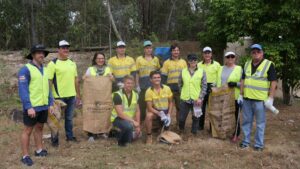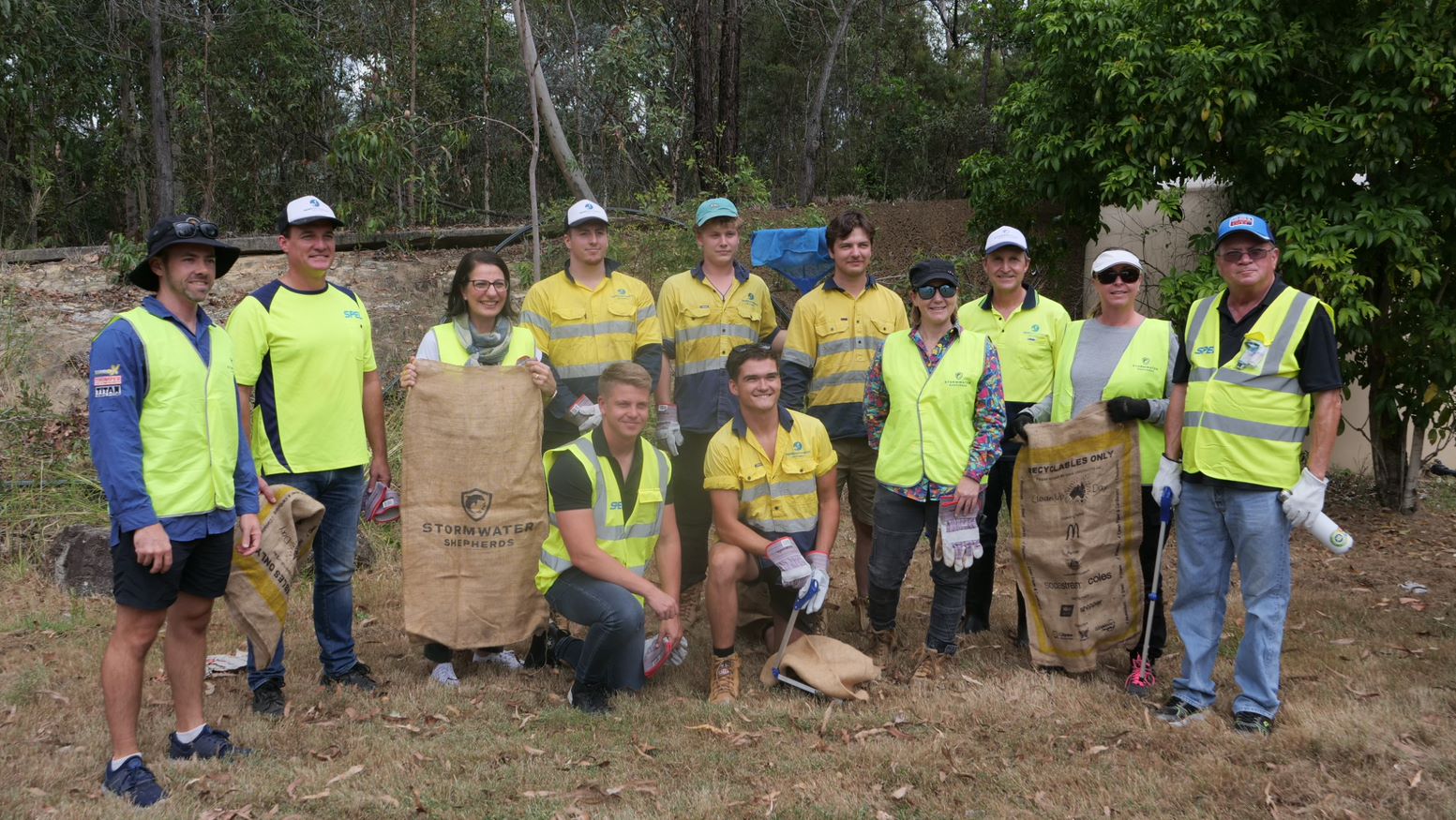AUTHORS
Maximilian Huber, Brigitte Helmreich
ABSTRACT
Metals such as antimony, cadmium, chromium, copper, lead, nickel, and zinc can be highly relevant pollutants in stormwater runoff from traffic areas because of their occurrence, toxicity, and non-degradability. Long-term measurements of their concentrations, the corresponding water volumes, the catchment areas, and the traffic volumes can be used to calculate specific emission loads and annual runoff loads that are necessary for mass balances. In the literature, the annual runoff loads are often specified by a distinct catchment area (e.g., g/ha). These loads were summarized and discussed in this paper for all seven metals and three types of traffic areas (highways, parking lots, and roads; 45 sites). For example, the calculated median annual runoff loads of all sites are 355 g/ha for copper, 110 g/ha for lead (only data of the 21st century), and 1960 g/ha for zinc. In addition, historical trends, annual variations, and site-specific factors were evaluated for the runoff loads. For Germany, mass balances of traffic related emissions and annual heavy metal runoff loads from highways and total traffic areas were calculated. The influences on the mass fluxes of the heavy metal emissions and the runoff pollution were discussed. However, a statistical analysis of the annual traffic related metal fluxes, in particular for different traffic area categories and land uses, is currently not possible because of a lack of monitoring data.








